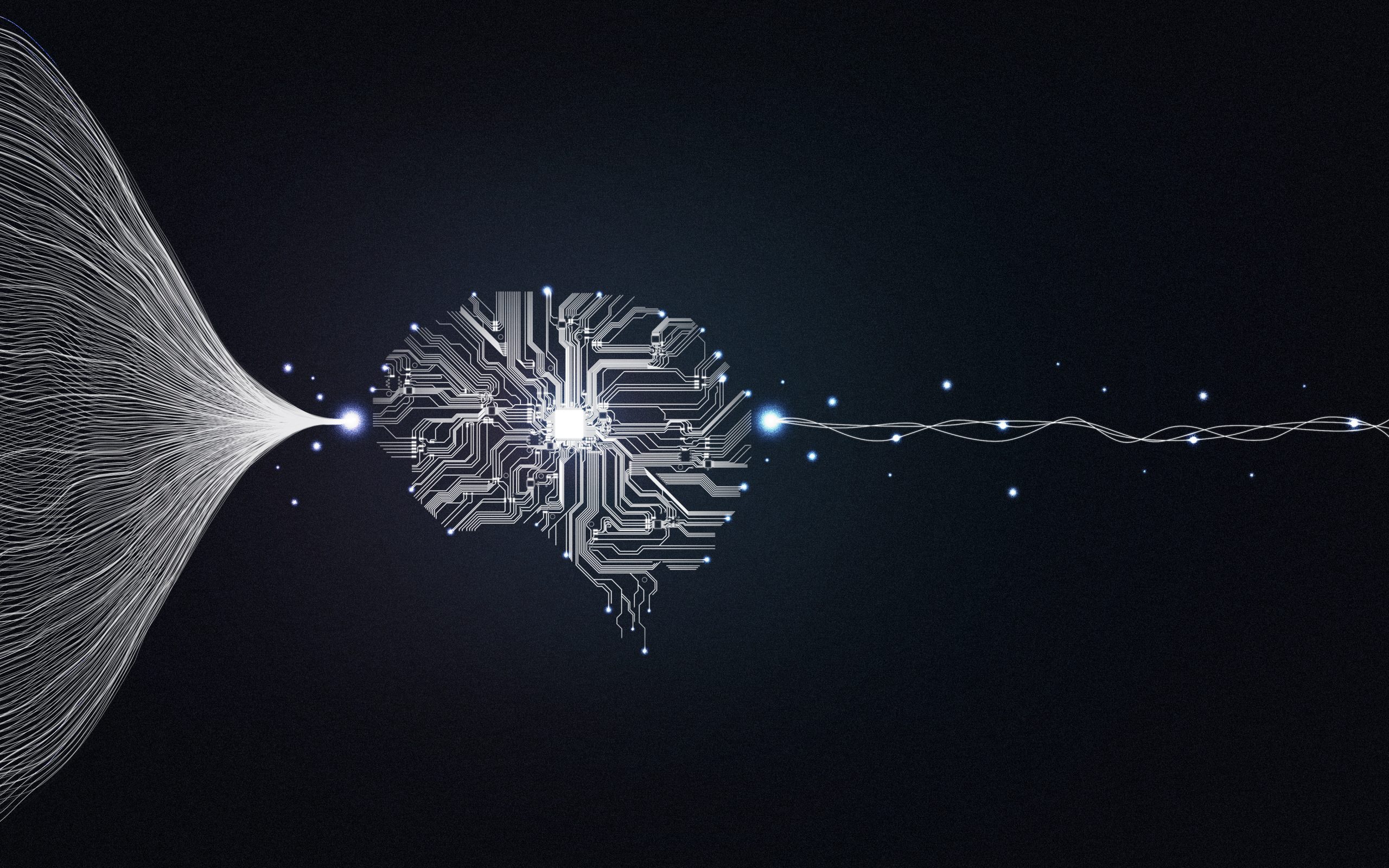Artificial Intelligence
Traditional and Digital health therapies, together and mixed up

Could digital medicine increase our life expectancy? Hopes (without hype) for a promising future.
New therapies are on the horizon, digital formulas that promise to extend life expectancy as personal hygiene or sewers already did. What novelties are brought along with patient data digitization? What does digital health consist of? And, just as important, what are its challenges? This is the path to innovation in healthcare using patient data.
Experts Joseph C. Kvedar, vice president of the Harvard T.H. Chan School of Public Health and associate professor of dermatology at Harvard Medical School; and Julio Mayol, professor of surgery at the Universidad Complutense de Madrid and head of the Surgery Section at the Hospital Clínico San Carlos, bring some light and darkness to the story.
What is digital health? What has been digitized so far?
Digital health, often called eHealth, is a new area of healthcare application through three different pillars:
- Health in the hands of the user, mainly through mobile devices.
- More interaction with the healthcare system, with a focus on telecalls.
- Medicine based on patient-specific data, certainly interesting.
Broadly speaking, the concept of digital health is not disrupting previous medicine, but goes a step further in terms of virtualization, can make it quite easy to deal with some patients, and includes some precision. Joseph C. Kvedar explains how to use data in digital health:
Digitization of documents, the first phase of digital medicine
As Julio Mayol points out, “documents, medical records, images, laboratory tests,” among other types of documents that were previously in ‘inaccessible’ formats in physical folders in a warehouse, have been digitized. The quotation marks are important, because although it is true that it is now easier to rescue the documentation or not to lose it, it is much more rigid and less versatile.
“The greatest help is to have legible information available in a timely manner,” this expert points out, although, at the same time, “it is tremendously time consuming for healthcare professionals, and very frustrating. Indeed, it is the main cause of burnt-out among professionals in the USA”.
In the first phase of digitization, many barriers are being discovered that had not been considered, such as the need to train professionals, already saturated by the lack of personnel, or the fact that there are many informal processes that had not been taken into account.

In 2020, Johns Hopkins used digitized public data to monitor hour-by-hour the spread and effects of COVID-19.
Artificial intelligence in diagnostics
One of the great advantages of digitization is the (now possible) analysis by machine learning and artificial intelligence systems. If the data are on paper, they are inaccessible to machines. And sometimes to humans.
Is AI reliable? As Joseph C. Kvedar points out, in turn taking Satya Nadella as a reference, “today’s AI should be seen as a way to provide the user with a “quality first draft” of the answer to any question.” In other words, it is moderately reliable, but not fail-safe. There are no fail-safe systems.
Kvedar proposes a rational and cautious use of the new technology, which has advantages such as being very good at “analyzing large and complex data sets, finding patterns and using them to make predictions,” but “they have to test those predictions against experience and judgment to validate their use in clinical decision making.”
Why this caution? In addition to the error, there are outputs that cannot be implemented in a digital tool. The diagnosis “You have cancer” simply cannot be issued by a cold program lacking empathy, the patient needs caring eyes to anchor to at times like this.
Self-diagnosis, a tool on pause
The rise of wearables and biomarkers has led some companies to consider generating some self-diagnostics. These already work relatively well for not particularly serious ailments, such as ‘you have high blood pressure’, ‘change insulin’ or ‘you need O₂’.
Self-data collection tools are also useful, such as “taking images of skin lesions, storing them in a secure camera and indicating whether they change over time or should be evaluated by a dermatologist,” notes Joseph C. Kvedar with emphasis on the latter point.
Yes, it is true that artificial intelligence can detect some types of skin diseases, and “they can guide you as a consumer,” in the words of Joseph C. Kvedar, “but they need a professional to provide context and guidance, and there is always a percentage of error.”
Do we know how to use personal data well and are we aware of its power?
The power, in the hands of engineers. The popularization of activity wristbands brought along the myth of 10 000 steps, a random number with no scientific basis. The kanji symbol ‘ten thousand’, represented by the sinogram 万, looks like a person walking. The company Yamasa used that reference, and the rest followed.
The problem with becoming obsessed with data. In his excellent book Irresistible, Who Turned Us into Tech Junkies (2018), Adam Alter collects some chilling cases: David Walberg waited for the eye of the hurricane so as not to break his daily running streak; Gaby Cohen took up running on her feet in her hospital room after having a C-section. These are not isolated situations.
Who will own the data? Mathematician Cathy O’Neil, in her Weapons of Mathematical Destruction (2016), points out the serious vulnerability issues for those who donate their health data to corporations. “In the United States,” confirms Joseph C. Kvedar, “we use the most advanced security protocols at every turn to ensure that our patients’ data are not compromised.”
That is, it is difficult to publish them or for them to be stolen. But they do not form part of algorithmic discrimination. In the United States, for example, there are specific laws on non-discrimination based on genetic information (2008), key in the use of genetics for medical treatment, but they are not extended to non-discrimination based on knowledge of medical history. One case in point: raising the price of compulsory health insurance.
Moderating digital health hype: beware of high expectations
When systemic changes take place, there are always unwanted interactions. If digitization were a medicine, one of its side effects could be that “the tools are designed with an inflexible architecture,” says Julio Mayol.
Digitization is not just about translating an activity into zeros and ones. “The next decade will reveal some successful models of such integration in what you, as a consumer/patient, will experience as a true healthcare experience,” comments Joseph C. Kvedar.
For the time being, Julio Mayol is more realistic about digital health, which he describes as a “fantasy created from the observation of other managers and which will almost “magically” produces an increase in productivity” as a result of “technological fascination”.
It is possible that digital health, or its various derivatives, will increase the life expectancy of mankind, especially when we talk about epidemiology (scientific discipline in the area of public health), although the first steps are being taken and the results are still uncertain.





